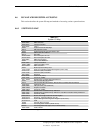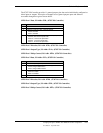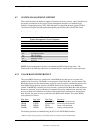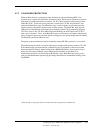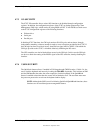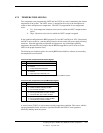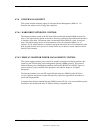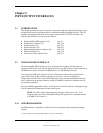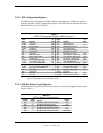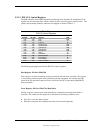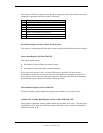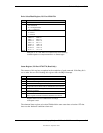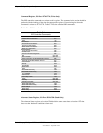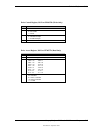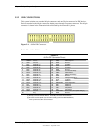
Technical Reference Guide
Compaq Deskpro 4000N and 4000S Personal Computers
First Edition - September 1997
5-1
Chapter 5
INPUT/OUTPUT INTERFACES
5.
Chapter 5 INPUT/OUTPUT INTERFACES
5.1
INTRODUCTION
This chapter describes the system’s interfaces that provide input and output (I/O) porting of data
and specifically discusses interfaces that are controlled through I/O-mapped registers. The I/O
interfaces are integrated functions of the support chipset and the 87307 I/O controller. The
following I/O interfaces are covered in this chapter:
♦ Enhanced IDE (EIDE) interface (5.2) page 5-1
♦ Diskette drive interface (5.3) page 5-10
♦ Serial interfaces (5.4) page 5-15
♦ Parallel interface (5.5) page 5-21
♦ Keyboard/pointing device interface (5.6) page 5-28
♦ Ethernet interface (5.7) page 5-35
♦ Universal serial bus interface (5.8) page 5-37
5.2
ENHANCED IDE INTERFACE
The enhanced IDE (EIDE) interface consists of primary and secondary interfaces that can
support two IDE devices each. Devices that may connect to an IDE interface include hard drives,
CD-ROM drives, power (writeable CD-ROM) drives, and 120-MB floptical drives.
Two 40-pin keyed IDE data connectors and one 50-pin keyed connector are provided on the
system board. Each 40-pin connector can support two devices* and can be configured
independently for PIO or bus master (DMA) operation. In the standard configuration the hard
drive is attached to the primary connector and the CD-ROM (if installed) is attached to the 50-
pin secondary connector.
The system ROM supports PIO modes 1-4 and Ultra ATA (UATA) modes 0-2, although the type
of drive connected will determine the final transfer speed.
NOTE:
For UATA mode 2 operation an 80-conductor cable must be used. A 40-
conductor cable will result in the BIOS limiting IDE operation to a maximum transfer
of 25 MB/s (UATA mode 1).
5.2.1
IDE PROGRAMMING
The IDE interface is configured as a PCI device and controlled through standard I/O mapped
registers.
*
Refer to chapter 2 for possible physical limitations on drive accommodations.



